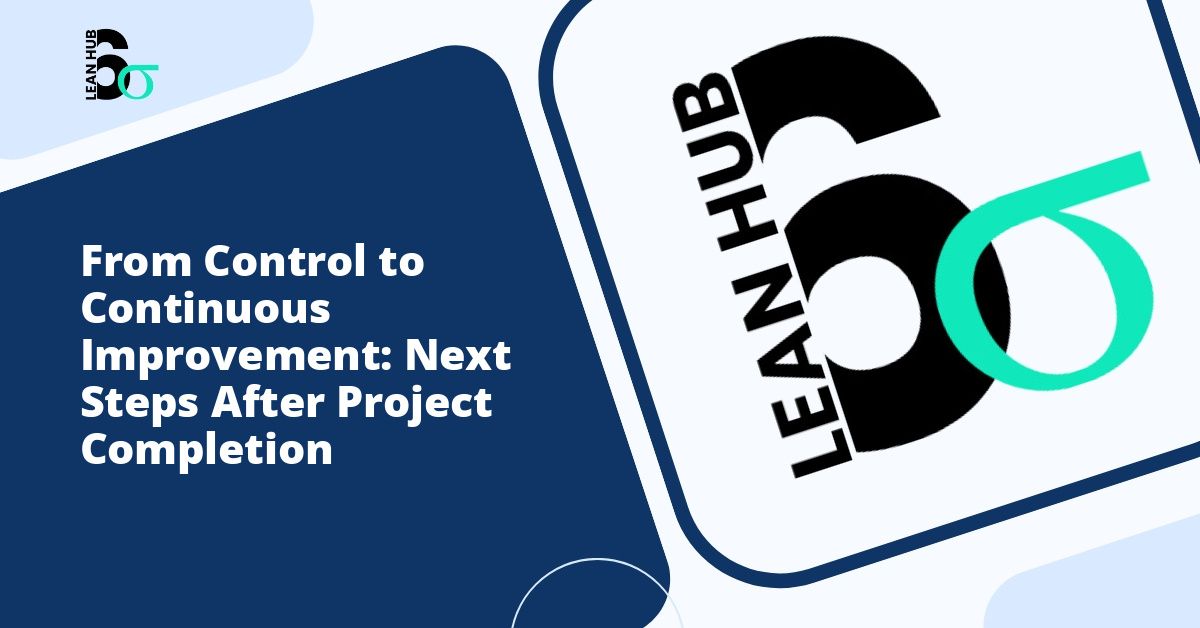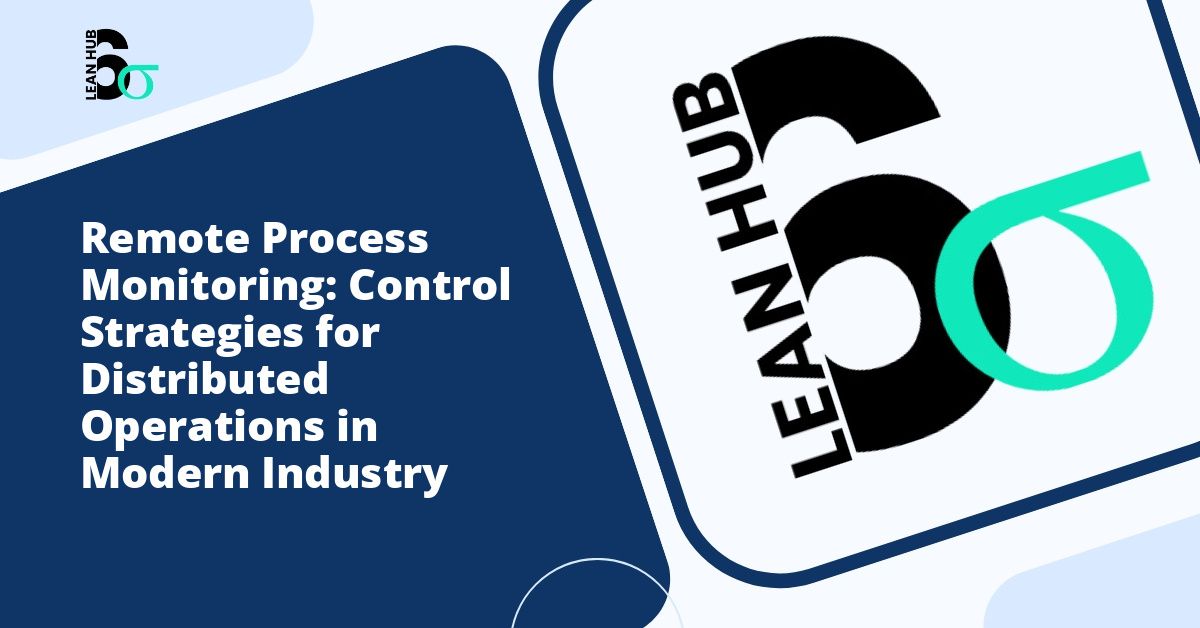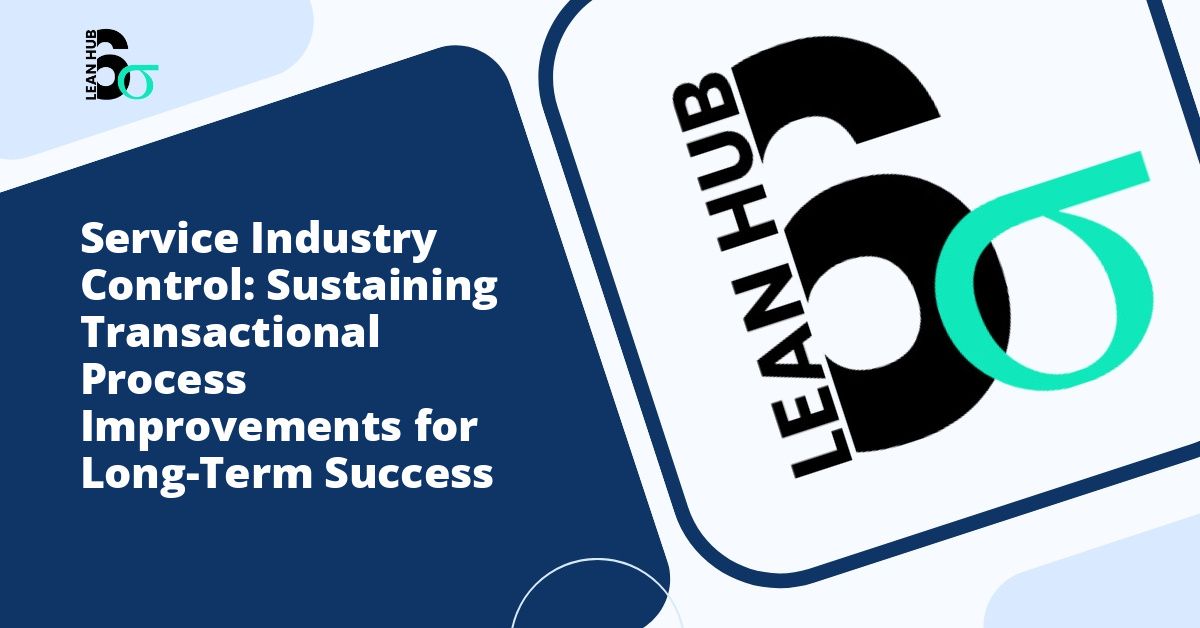Successfully completing a project requires more than just delivering the final product or service. The project closure phase is a critical stage that many organizations overlook, yet it holds the key to organizational learning, stakeholder satisfaction, and future project success. This comprehensive checklist outlines 15 essential steps to ensure your project concludes professionally and provides lasting value to your organization.
Understanding the Importance of Project Closure
Project closure represents the formal ending of a project lifecycle. This phase ensures that all aspects of the project are properly concluded, documented, and evaluated. Whether you are implementing a lean six sigma initiative or managing a marketing campaign, a structured closure process prevents loose ends and captures valuable insights for future endeavors. You might also enjoy reading about Dashboard Design for Process Control: A Complete Guide to Displaying Key Metrics Effectively.
The recognize phase in project management methodologies emphasizes the importance of acknowledging accomplishments, identifying lessons learned, and formally transitioning project outcomes to operational teams. Without proper closure, projects may experience scope creep, budget overruns, or fail to deliver promised benefits. You might also enjoy reading about Process Capability Monitoring: A Complete Guide to Tracking Cp and Cpk After Implementation.
The 15-Step Project Closure Checklist
1. Verify All Deliverables Are Complete
Begin your closure process by confirming that all project deliverables meet the agreed-upon specifications and quality standards. Review the project charter and scope statement to ensure nothing has been overlooked. Obtain formal acceptance from stakeholders and document their approval in writing. You might also enjoy reading about Before and After Comparison: How to Document Improvement Results Effectively.
2. Conduct Final Quality Assessments
Perform a comprehensive quality review of all project outputs. This step is particularly crucial in lean six sigma projects where quality metrics and process improvements must be validated. Ensure that all acceptance criteria have been met and that the deliverables function as intended in their operational environment.
3. Complete Financial Reconciliation
Review all project expenses and compare them against the approved budget. Process any outstanding invoices, close purchase orders, and reconcile all financial accounts associated with the project. Document any budget variances and provide explanations for significant deviations from the original financial plan.
4. Release Project Resources
Formally release team members from their project responsibilities and return them to their functional departments or reassign them to new projects. This includes releasing physical resources such as equipment, software licenses, and workspace. Conduct exit interviews with team members to gather their feedback and insights.
5. Archive Project Documentation
Compile and organize all project documentation in a centralized repository. This includes project plans, meeting minutes, status reports, risk registers, change requests, and correspondence. Ensure that documentation is properly labeled and stored according to organizational standards for easy future reference.
6. Document Lessons Learned
Conduct a comprehensive lessons learned session with the project team and key stakeholders. Identify what worked well, what challenges were encountered, and what could be improved in future projects. The recognize phase of continuous improvement emphasizes the value of honest reflection and knowledge sharing across the organization.
7. Transfer Knowledge and Deliverables
Facilitate the transition of project outcomes to the operational team or end users. Provide necessary training, documentation, and support to ensure successful adoption. Create detailed handover documents that explain how to maintain and support the delivered solutions.
8. Close Contracts and Vendor Relationships
Formally close all contracts with external vendors and suppliers. Verify that all contractual obligations have been fulfilled, process final payments, and obtain close-out documentation. Evaluate vendor performance and document feedback for future procurement decisions.
9. Conduct Stakeholder Satisfaction Survey
Gather feedback from project stakeholders regarding their satisfaction with project outcomes, processes, and team performance. Use surveys, interviews, or focus groups to collect both quantitative and qualitative data. This information proves invaluable for improving future project management practices.
10. Update Organizational Process Assets
Contribute to your organization’s knowledge base by updating templates, processes, and best practices based on project experiences. In lean six sigma environments, this might include updating standard operating procedures, control charts, or process documentation to reflect improvements achieved.
11. Celebrate Team Achievements
The recognize phase is not complete without proper acknowledgment of team efforts. Organize a closure meeting or celebration to recognize contributions, thank team members, and commemorate project milestones. This boosts morale and reinforces positive organizational culture.
12. Complete Post-Implementation Review
Evaluate whether the project achieved its intended business objectives and benefits. Compare actual outcomes against the success criteria defined at project initiation. Schedule follow-up reviews to assess long-term value realization and sustainability of project benefits.
13. Address Outstanding Issues and Risks
Review the issue log and risk register to ensure all items have been resolved or appropriately transferred to operational teams for ongoing management. Document any residual risks that may affect the project’s deliverables during their operational lifecycle.
14. Obtain Formal Project Sign-Off
Secure formal approval from the project sponsor and key stakeholders that the project is complete and all obligations have been fulfilled. This official sign-off protects the project manager and team from future claims of incomplete work and formally transfers accountability to the receiving organization.
15. Prepare Final Project Report
Create a comprehensive final project report that summarizes project performance, outcomes, challenges, and recommendations. Include key metrics such as schedule performance, budget variance, quality achievements, and stakeholder satisfaction ratings. This document serves as the official record of project completion and a reference for future initiatives.
Best Practices for Effective Project Closure
Implementing these 15 steps requires careful planning and execution. Start planning for project closure from the beginning of your project, not as an afterthought. Allocate sufficient time and resources in your project schedule specifically for closure activities.
Maintain open communication with stakeholders throughout the closure process. Keep them informed of progress and address any concerns promptly. In lean six sigma projects, ensure that process improvements are properly documented and integrated into operational procedures to sustain gains achieved.
Use checklists and templates to standardize your closure process across projects. This consistency improves efficiency and ensures nothing is overlooked. Customize your checklist based on project size, complexity, and organizational requirements.
Common Pitfalls to Avoid
Many project managers rush through closure or skip it entirely, eager to move on to the next assignment. This approach squanders valuable learning opportunities and may leave stakeholders dissatisfied. Avoid the temptation to declare victory prematurely before all closure activities are complete.
Another common mistake is failing to recognize and celebrate team achievements. The recognize phase serves important psychological and cultural functions that should not be dismissed as unnecessary formality. Taking time to acknowledge contributions strengthens team relationships and organizational commitment.
Conclusion
Project closure is not merely an administrative formality but a strategic phase that determines whether your project delivers lasting value. By following this 15-step checklist, you ensure professional completion, capture organizational learning, and set the foundation for future success. Whether managing a complex lean six sigma initiative or a straightforward operational project, investing time in proper closure pays dividends through improved processes, satisfied stakeholders, and enhanced organizational capabilities. Make project closure a priority, and you will establish yourself as a thorough professional who delivers complete, high-quality results.








